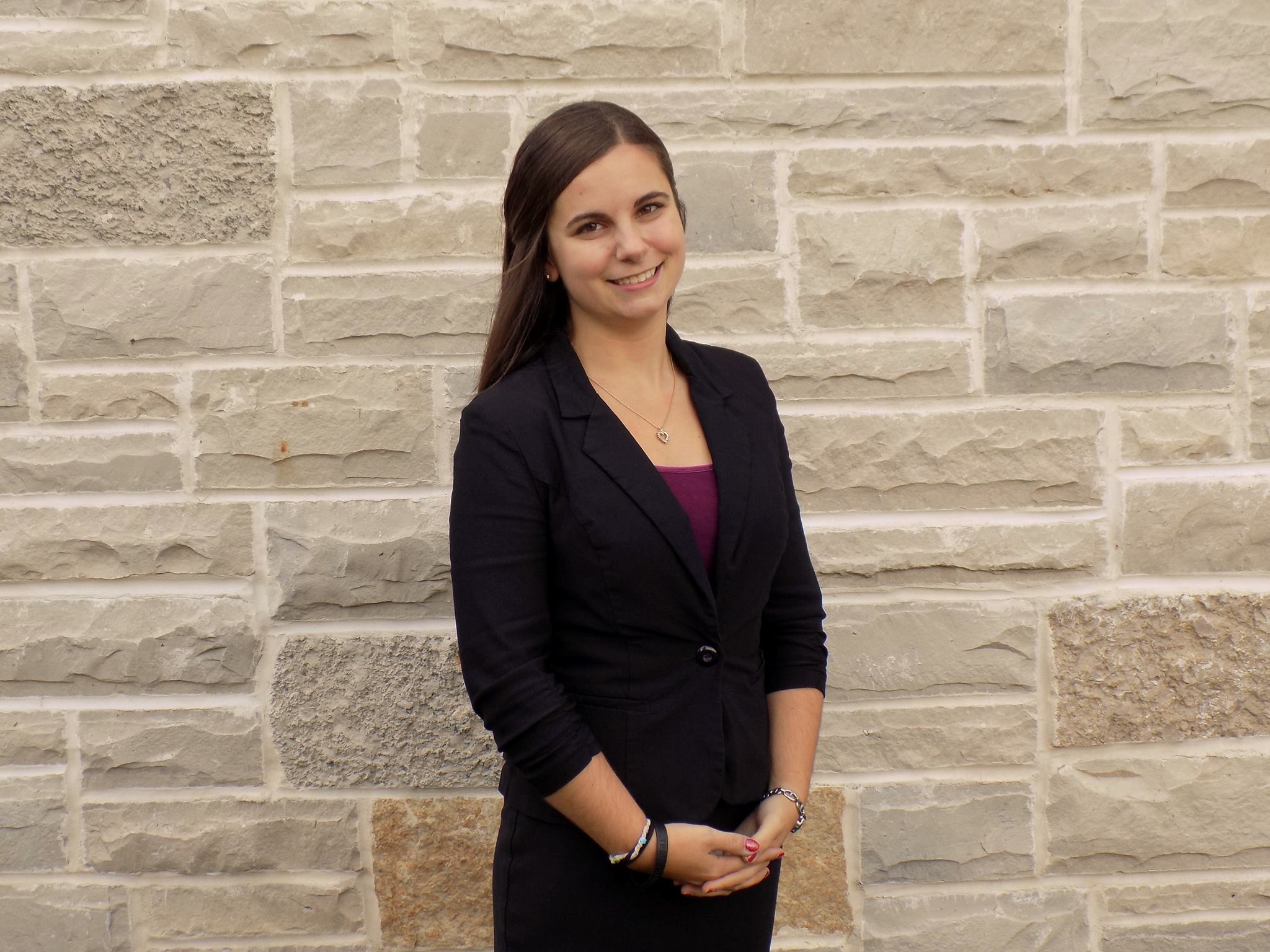Celebration of Scholars
Bridging the Gap for STEM Students: Increasing Retention Rates in Higher Education Institutions
 Name:
Cami Christopulos
Name:
Cami Christopulos
Major: Marketing and Management
Hometown: Vernon Hills
Faculty Sponsor:
Other Sponsors: Greg Barron
Type of research: Senior thesis
Abstract
STEM (Science, Technology, Engineering, and Mathematics) students are sought now more than ever out for the advancement of society, yet only about 40% of students in the US who enter into STEM undergraduate curricula will actually graduate with a STEM degree. This study aimed to uncover why STEM retention rates are low. Through secondary research, the results of this study conclude the main reasons to be lack of financial assistance, inadequate preparation for college, and lack of connection to the campus in terms of mentorships and faculty encouragement for future success. By investigating existing programs that address personal, classroom, and campus-wide low student retention factors, the programs were classified as providing mentorship opportunities, developing partnerships with other academic institutions, using online-based support, and creating academic support systems. In conducting primary research, STEM students indicated that they take part in a variety of STEM related activities, and feel that hands-on learning experiences are the best part of the fieldwork. Such students value professors who take the time to help them, and advisors that are knowledgeable and invest time in their advisees. By taking existing program efforts and developing new strategies based on the research conducted, this study presented key ideas to develop an effective retention program to increase rates and educate today’s youth for an increasingly competitive and highly technologically based global economy.Submit date: Feb. 18, 2016, 10:31 p.m.
